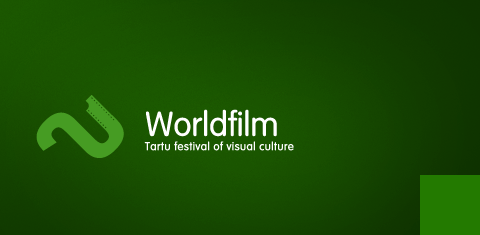Elderness - coming alone?
Tero LeponiemiWhat is interesting and fascinating in aging? Is it the furrows in the face, or glance in the eye? Elderly people are those members in the society, who have witnessed the differences in all its varieties the most. As one of my characters, who was born at czarist times, has seen the firest republic of Estonia, Soviet time, German Occupation and new independence and aspires to integrate into West. How can a person cope with so many different regimes – and give his signature to the social agreement? How our elderly generation has coped with changing times, changing society and culture?
These questions arose, when I visited one of the many nursing homes in Estonia. The stories of those people triggered a process, whihc resulted in a photo exhibition ”Elderness – coming alone?”
Getting older often is accompanied by deteriorating health, aching joints, and sometimes it grasps from one’s heart. Despite that, memories and primarily feelings can be as colourful and warm, as earlier. A phone call from a child, visit from grandchildren or birthday greetings do not change throughout different ages or world orders. Warmness of people, close to you, is a bridge, lasting all ages.
Two often we forget the old, because we are in a hurry. We are in a hurry to develop, grow, go further, be successful and acquire money. I hope that these pictures briefly stop the visitor, and I want even more that everyone of us wo9uld be more connected to their elderly relatives and would stop for a second to hear what they have to tell to us.
Tero Leponiemi (MA in folkloristics) is a freelance photographer and trainer of visual culture
Meeting with Cuba
Madli Lääne

Photo exhibition “Meeting with Cuba” reflects the everyday life of citizens in a state with closed system. In the double society where all the doors are open, shop counters full and you are treated with respect if you are a tourist, the local people can see this beautiful life only in window displays. They have to spend their days under political slogans glorifying Fidel and slandering Bush, fighting – no, not for the revolution but for the food allotted to them by the rations booklets and getting to work in almost nonexistent public transport. The photo exhibition shows the Cuba of the local people.
The photos were taken in summer 2007 when Madli Lääne studied documentary film at the Cuba International Film and Television School. Some of the pictures were taken when Madli was making her graduation work, the documentary film “Toma uno” (Take One). Through El León de Oro (Golden Lion), the oldest bakery in Havana, the documentary looks at the Cuban society with its rations booklets, long queues and the black market that accompany buying bread in Cuba every day.
Eyes See
Exhibition of young Ugandan photographers
Alis Mäesalu, Marika Alver

In February 2008 we went to Kampala, the capital of Uganda to teach photography to the youngsters from the Kabalagala slum.
The aim of the project was, on the one hand, to give these young people the basic knowledge about photography, that they could be employed in the field of photography, for example as wedding-photographers. On the other hand, these workshops gave them opportunity to observe and express themselves through the images.
Every week they were given one theme, one disposable photo camera of 27 frames and they had one week to complete the task. The tasks were various and of a larger range going from more personal such as the portrait or “my day” to the more abstract such as the architecture, old people, work, street children, the night etc. So, every week, after developing the photos, a new piece of their world, of what they see, opened before us.The exhibition, compiled of each participant’s best photographs, was first organized in L.O.C (Local Organisations Center) in Namuwongo slum in Kampala, and since has also been shown in Modena and Firenze in Italy and at Aatrium Gallery in Tallinn.
At the exhibition you can see photos by Abdul Kizira, Allen Nansubuga, Boaz Ssemakula, Donnah Musisi, Eric Kaate, Ivan Tumwine, Jimmy Kabuzi, Keneth Kalungi, Mariyam Jimona, Monica Nakafeero, Moses Kyagaba.Õnne Pärl

I lived in Afghanistan with my husband who is an IT expert from 2006-2008; I have visited this country several times after living there. As a freelance journalist and photographer I worked in co-operation with various organisations. My position was quite unique: when the majority of foreigners in Afghanistan are living in guest houses and moving around only by car, our family was dwelling in a courtyard on a compound of an Afghan family without security guards and barbed wire on top of walls. I walked around without escort in Kabul, learnt Dari on my own, travelled in 13 provinces, tried to take part in different events.
Pretty soon I understood that „my Afghanistan“ is completely different from the one depicted in daily media – it’s difficult for me to find any common ground between these two. In most cases Afghanistan is spoken about in negative terms, while I had many positive experiences. While media is concentrating primarily on violence I had no contact to any signs of it in my daily life.
During the period from 2006 to 2008 Õnne Pärl and her husband lived in Afghanistan, where she worked as a journalist and photographer and cooperated with organisations such as Turquoise Mountain Foundation, Landell Mills Ltd and Save the Children Sweden-Norway.


